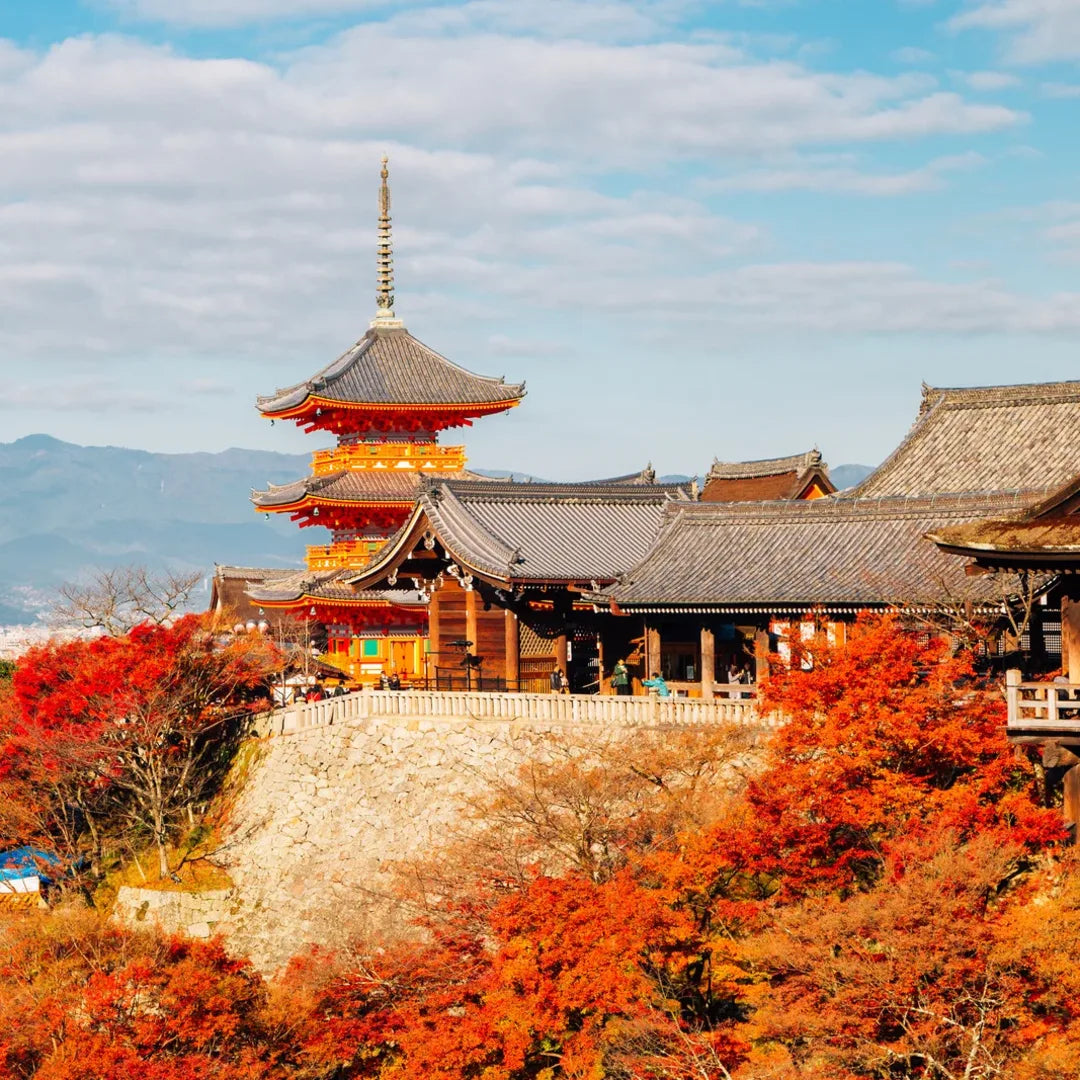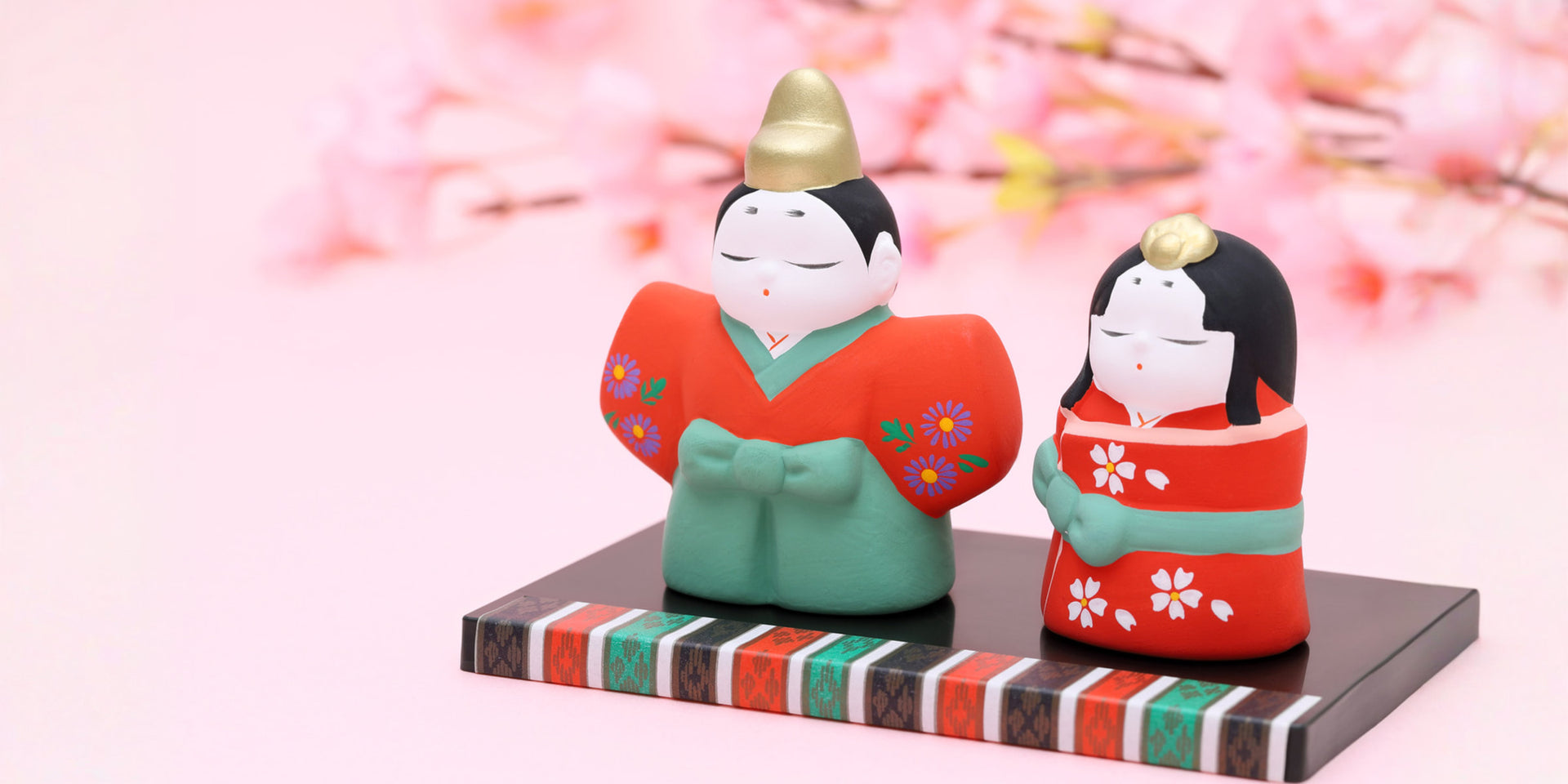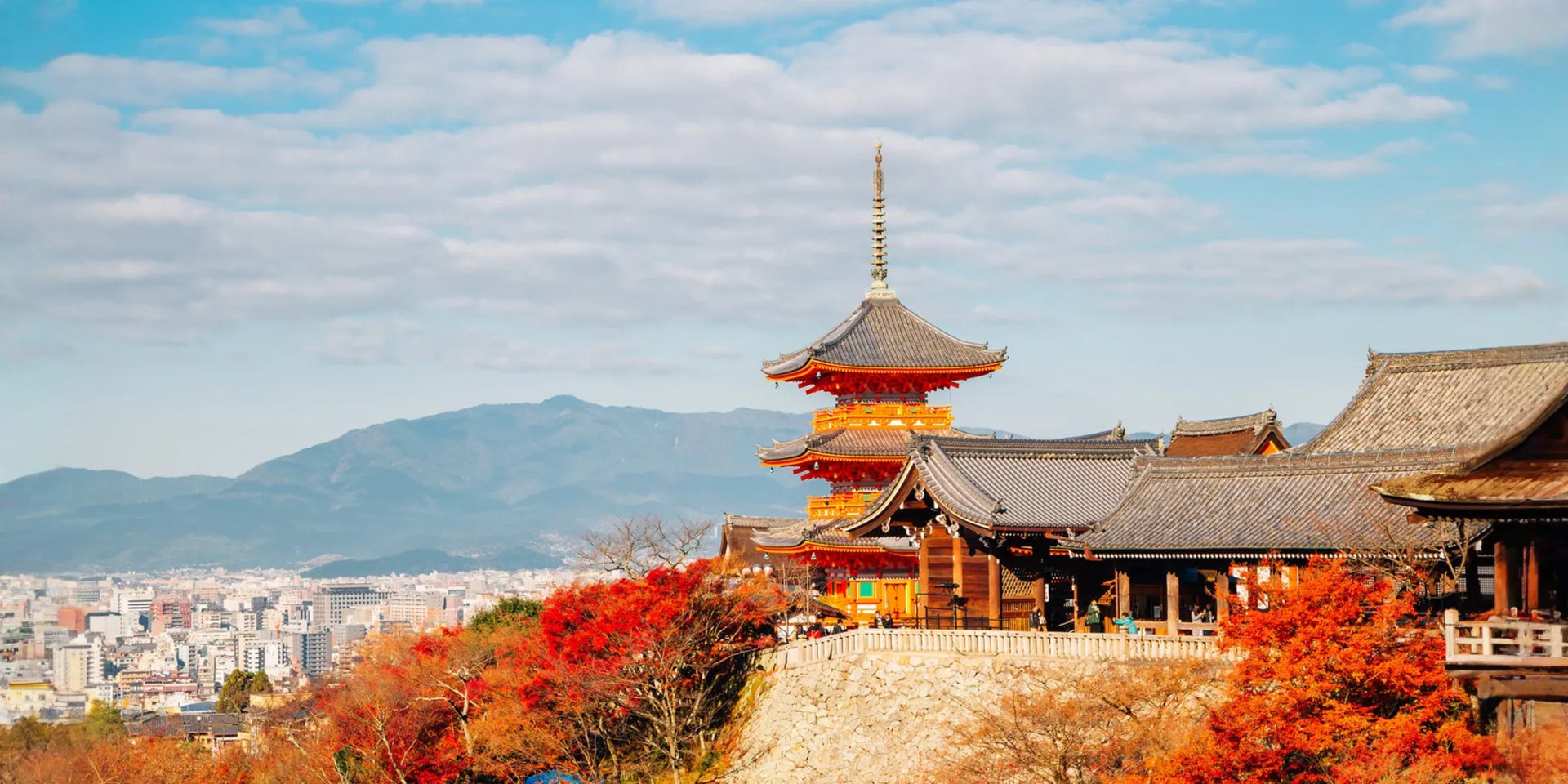Wagashipedia
The History of Wagashi

The origins of wagashi can be traced back over two thousand years, when nuts were ground into a powder and then rolled after impurities were removed, a food that later became known as dango. Additionally, mochi, considered Japan’s oldest processed food, was made during this time. Wagashi evolved over the centuries, influenced by interactions with China, the development of the Japanese tea ceremony, and the introduction of Western confections. During the Edo period (1603-1868), the quality of wagashi improved significantly as ingredients became more accessible and production techniques advanced. However, it is believed that the most significant factor in wagashi's improvement was the end of conflicts and the onset of peace during this era. The Edo period was also characterized by a national isolation policy, which was enforced in all but a few areas of the country. This period allowed Japan’s unique culture to flourish. Wagashi became more refined, not only in taste but also in the craftsmanship of their makers. As a result, wagashi very similar to those seen today began to emerge. With the advent of the Meiji period (beginning in 1869), exchanges between Japan and the outside world increased. The introduction of modern ovens and other equipment led to the creation of new types of wagashi, including baked varieties. These innovations contributed to the wagashi we enjoy today.
Type of Wagashi
Explore by Interest
Popular Snacks by Season
Explore by Maker
Explore by Area
Producing area
京都府 | Kyoto
Kyoto is widely regarded as the cultural and historical center of Japan, drawing visitors from around the world. As the nation's capital from 794 to 1868, it boasts a deep historical legacy and a rich history and traditions.

Inspiring Articles

Discover a World Without Borders at TeamLab Tokyo
Discover the world of TeamLab, Tokyo's immersive digital art collective. Explore their groundbreaking installations, including TeamLab Borderless and TeamLab Planets, and learn how they merge art, technology, and culture for...

The Intricate Beauty of Yosegi Woodcraft in Japanese Culture
Discover the captivating world of Yosegi, an intricate Japanese woodcraft. Learn about its history, techniques, modern applications, and where to find authentic pieces in Japan. Explore how this traditional art...

Musical Magic in Tokyo with Shiki Theatre Company
Explore the vibrant world of musicals in Tokyo with the Shiki Theatre Company. Discover their legacy, popular productions, and cultural experiences beyond the stage

Blades of Glory Exploring the Artistry and Heritage of Japanese Swords
Japanese swords, particularly the iconic Katana, have long been symbols of strength, honor, and precision craftsmanship.

Explore the Vibrant Heart of Tokyo's Culture and Cuisine in Ginza
Explore the vibrant culture and cuisine of Ginza, Tokyo's luxury district. Discover shopping tips, culinary delights, and hidden gems in this comprehensive guide to Ginza, perfect for those interested in...

Exploring the World of Yayoi Kusama in Tokyo
Dive into Yayoi Kusama's art in Tokyo with our ultimate guide. Discover museums and special installations featuring her iconic work, from the Yayoi Kusama Museum to the vibrant streets of...

Exploring the Vibrant Heart of Tokyo's Nightlife Scene
Experience the vibrant nightlife of Kabukicho, Tokyo's bustling entertainment district. Discover 15 must-visit spots, from cozy izakayas and themed cafés to exciting shows and historic landmarks. Perfect for Japan enthusiasts...

Discover Naoshima's Artistic Soul Amidst Its Environmental Challenges
Explore Naoshima, Japan's Art Island, and discover how it turns environmental challenges into cultural triumphs through stunning art installations and sustainable practices. Learn more about this must-visit destination for art...






























